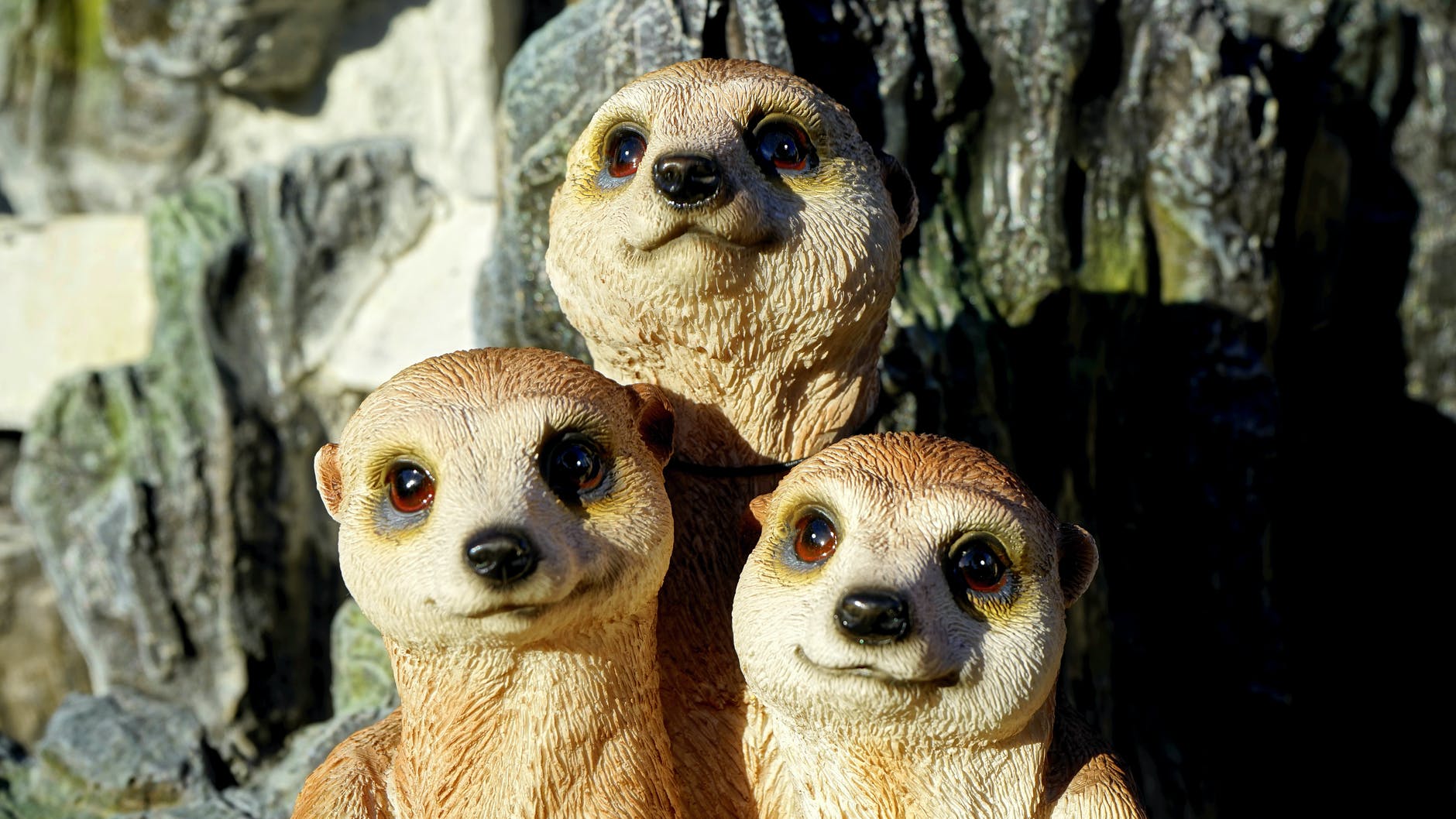
If we could talk to the animals, what would they tell us about leadership? I couldn’t resist searching to see what information I could find on how animals lead. We know there are alphas and betas, leaders, and followers, and sometimes loners. We also know that sometimes there is a fight. Is it always with a fight? How are the leaders determined? Is there hierarchy? It depends on which animal you talk to.
We have a beehive and recently there was no queen. We don’t look after the bees; we have a beekeeper. He brought a new queen, and she was accepted. I’m sure we can learn a lot from animal leaders, have fun, and remember the information we get a bit easier.
I have decided to take a quick look at 7 animals identified by Tom Sommer to see what he had to say in 2018. The meerkat, the bee, the elephant, the octopus, the crow, the dog, and the gorilla.
Meerkat
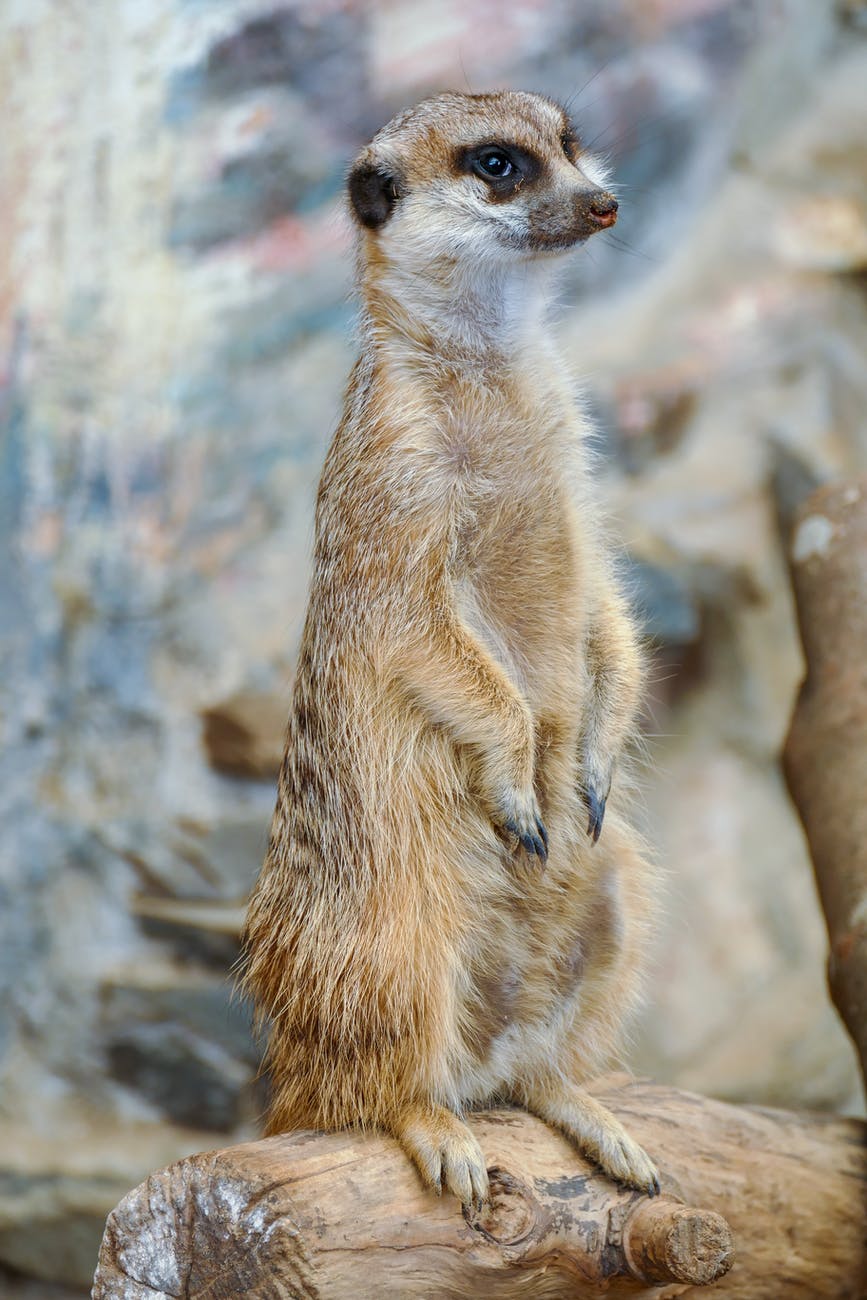
I love meerkats. They seem to be very aware of what is going on around them. While at the zoo one day watching and photographing the meerkats, we noticed one of them following my grown granddaughter and posing for pictures. It was quite noticeable and other zoo patrons were getting a laugh at this activity.
Stop running, pop your head up, look around, adjust course, then keep going.*
We don’t want to get so focused on the task at hand that we don’t see what is happening around us. Make sure to plan your work and work your plan.
Bee
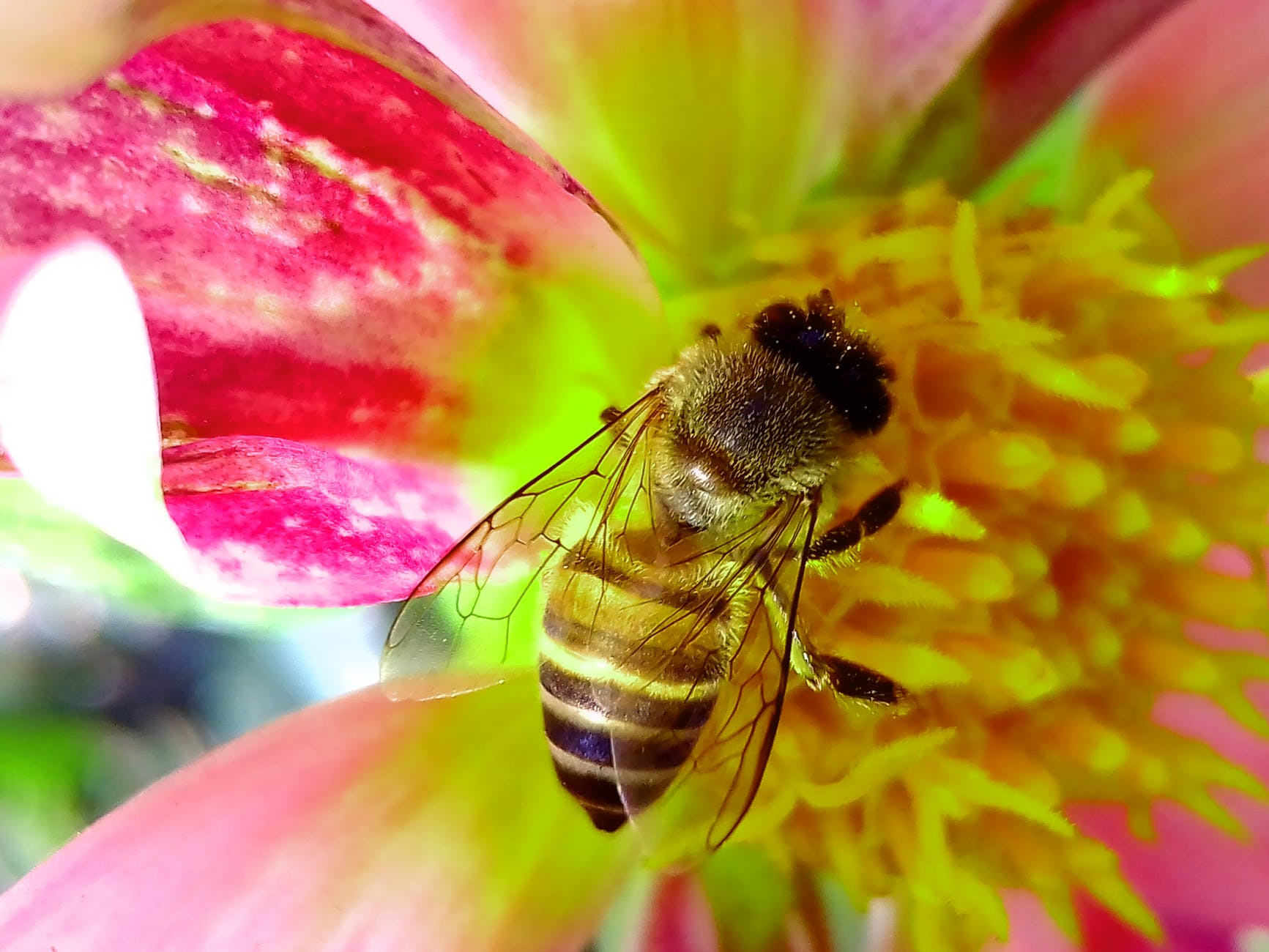
Bees and beehives have always fascinated me. I don’t know much about them, but I have learned more in the last few years. One day the bees from a neighbour’s hive ‘swarmed’ and gathered in a tree in our yard. We were told that the owner of the property can keep the bees and set up their own hive – we did.
If I understand the concept of swarming, this occurs when the hive becomes overpopulated. A second queen is produced, and she leaves with a bunch of the worker and drone bees (or at least that is my understanding).
Create autonomy and empowerment to enable your team to work efficiently without a centralised leader.*
Bees go out every day and gather pollen. The work in the hive is carried out by the worker bees with little involvement of the queen – she delegates. The queen doesn’t have to go out and tell them what to do. The colony is cooperative and works together to take care of the needs of the hive. She leaves them to do what they know to do, no micromanagement. But she is aware when there is overcrowding.
Elephant

They do the neatest stuff. I’ve seen paintings, I’ve watched them play, and though they didn’t create the paper, their poop has been used to make paper. The moms are incredibly protective, and I think many of us have seen documentaries showing elephants grieving. Elephants develop strong bonds with friends and family. This makes me think of the saying “It takes a village…”.
Create a healthy and safe environment for your team to ensure ongoing success and productivity. *
Oh, for all our leaders to do that.
Providing the resources and safety necessary for workers to meet the set goals is an important role for a leader.
Next is an example of situational leadership.
Octopus
“Adapt your leadership style to each unique situation. No single way to lead is always right.”

Octopuses are great at camouflage. They can adjust their appearance to blend in with their environment and situation. Imagine if we could all adapt to the environment and situations we encounter.
Octopuses lead their 8-arms. However, Octopuses are solitary animals who adapt to the situation and environment in which they find themselves.
Crow
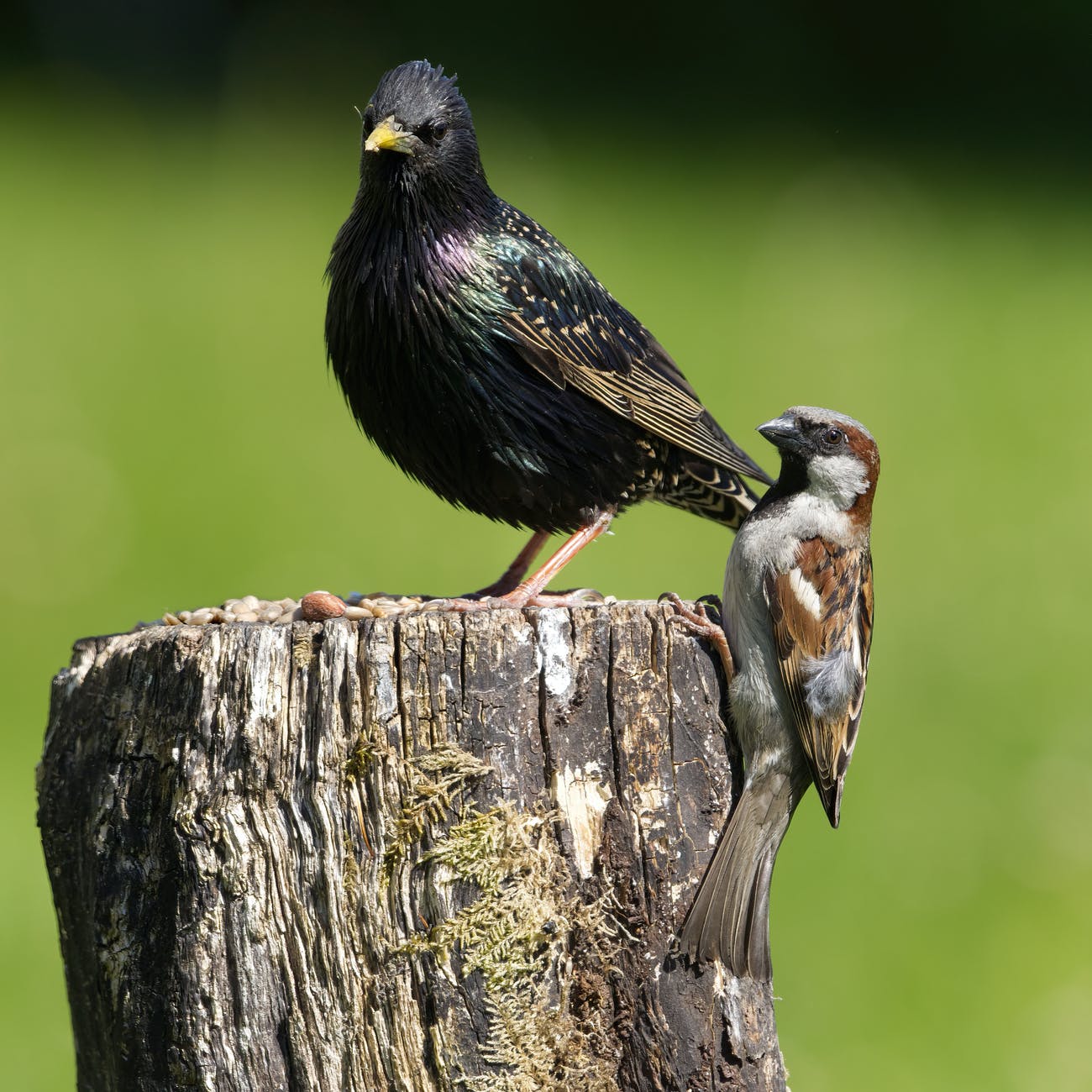
Aren’t these absolutely amazing birds? I love watching them and how they interact with people and other animals. Crows are highly intelligent and if you pay attention to, you will see how they come to recognize you or others you see, and how they remember where danger has lurked.
Develop and grow those around you in a consistent and systematic way. *
Crows have learned and I am guessing they continue to learn. This suggests that the crows encourage learning. What an important concept for all leaders; how are you ensuring your workers are learning for the job and for personal development?
Dog

My husband and I have a dog. There is no question she has done a good job of training us. Though we did our best to establish my husband as the Alpha, that only seems to hold true some of the time. She is also a great communicator. She was a rescue, and I remember when we brought her home as pup and she would roll onto her back and be submissive in all new encounters. We never heard a sound from her for months and she has remained quiet, though she has gotten more talkative as she has aged.
Dogs, well at least the ones I know, make their expectations known very clearly.
Watching dog interaction is a learning experience. A look, then a soft growl, then watch out if you don’t pay attention to these signals. Don’t go near my food, don’t come between me and my mom.
Gorilla
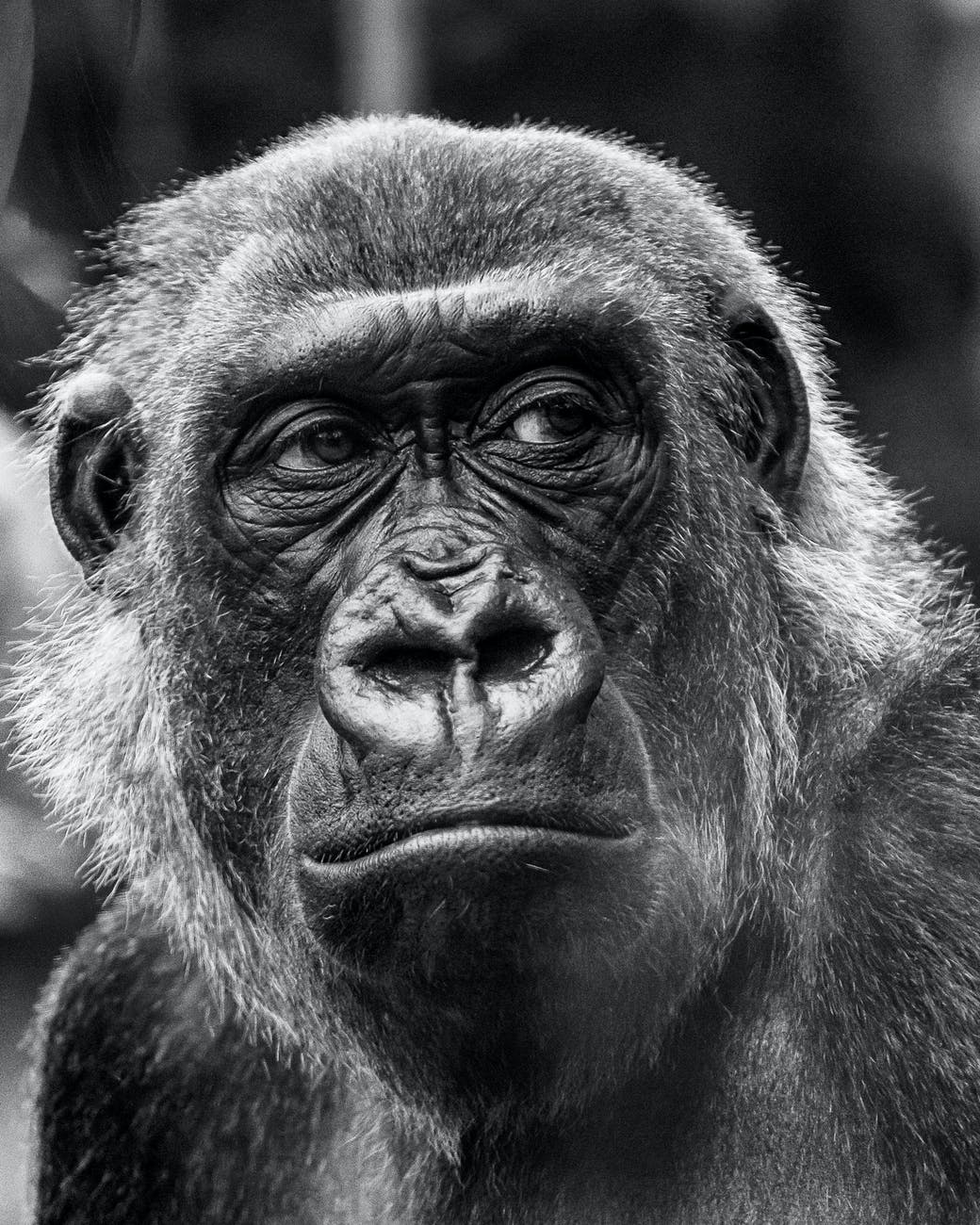
More about communication, you need to provide feedback to be a good leader. Do you beat your chest like a gorilla? Probably not, but make sure you provide constructive feedback.
Feedback is the most important tool for a leader to help others grow. *
Although variable in form, every animal society has some form of dominance hierarchy. Hierarchy is defined as priority of access to resources and probability of winning competitive encounters and reflects underlying asymmetries in power. (Cronin, K. A. et al. Hierarchy is Detrimental for Human Cooperation. Sci. Rep. 5, 18634; doi: 10.1038/srep18634 [2015]).
*These are quotes are from the works of Tom Sommer.